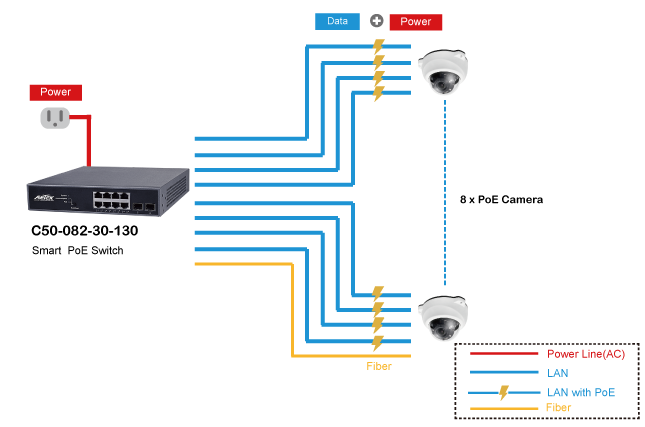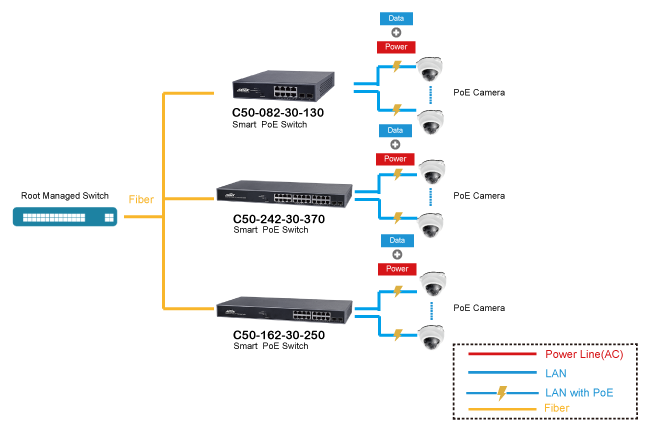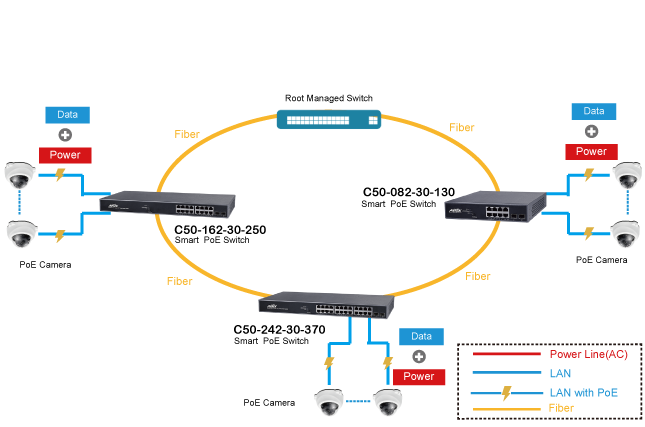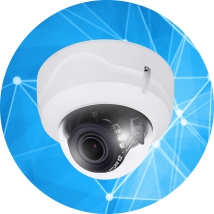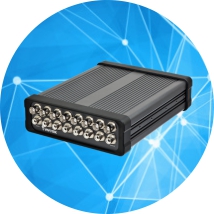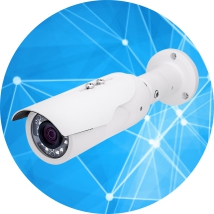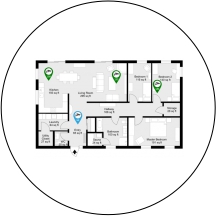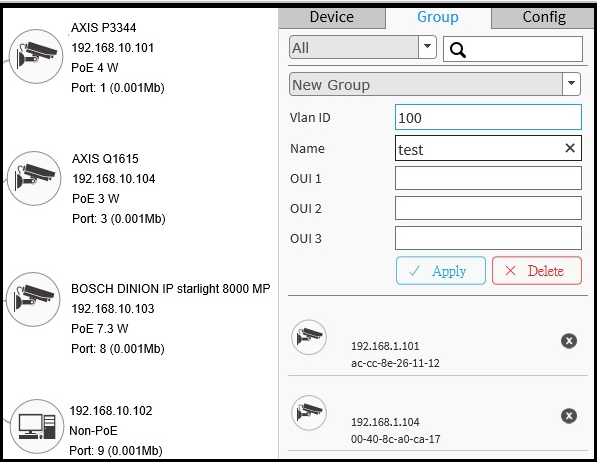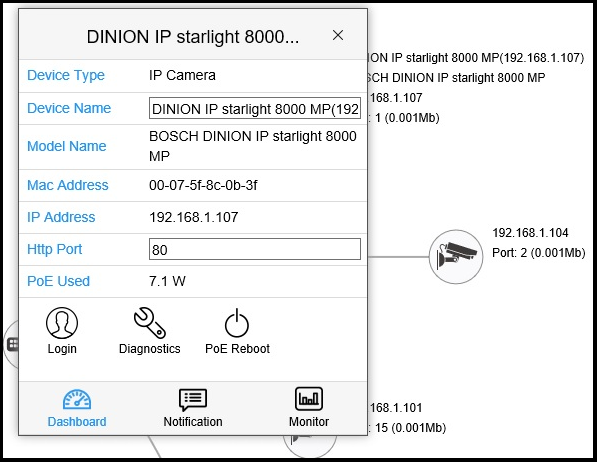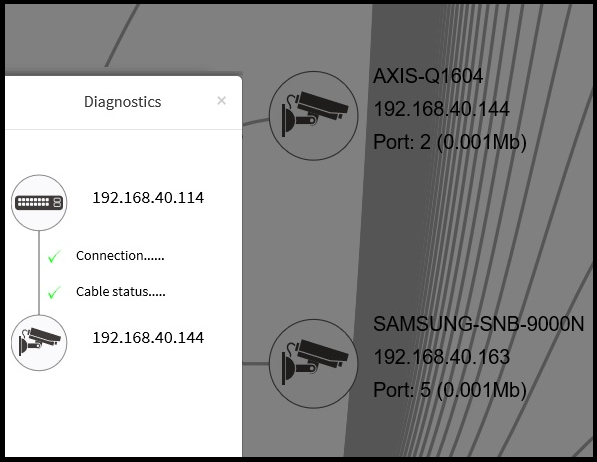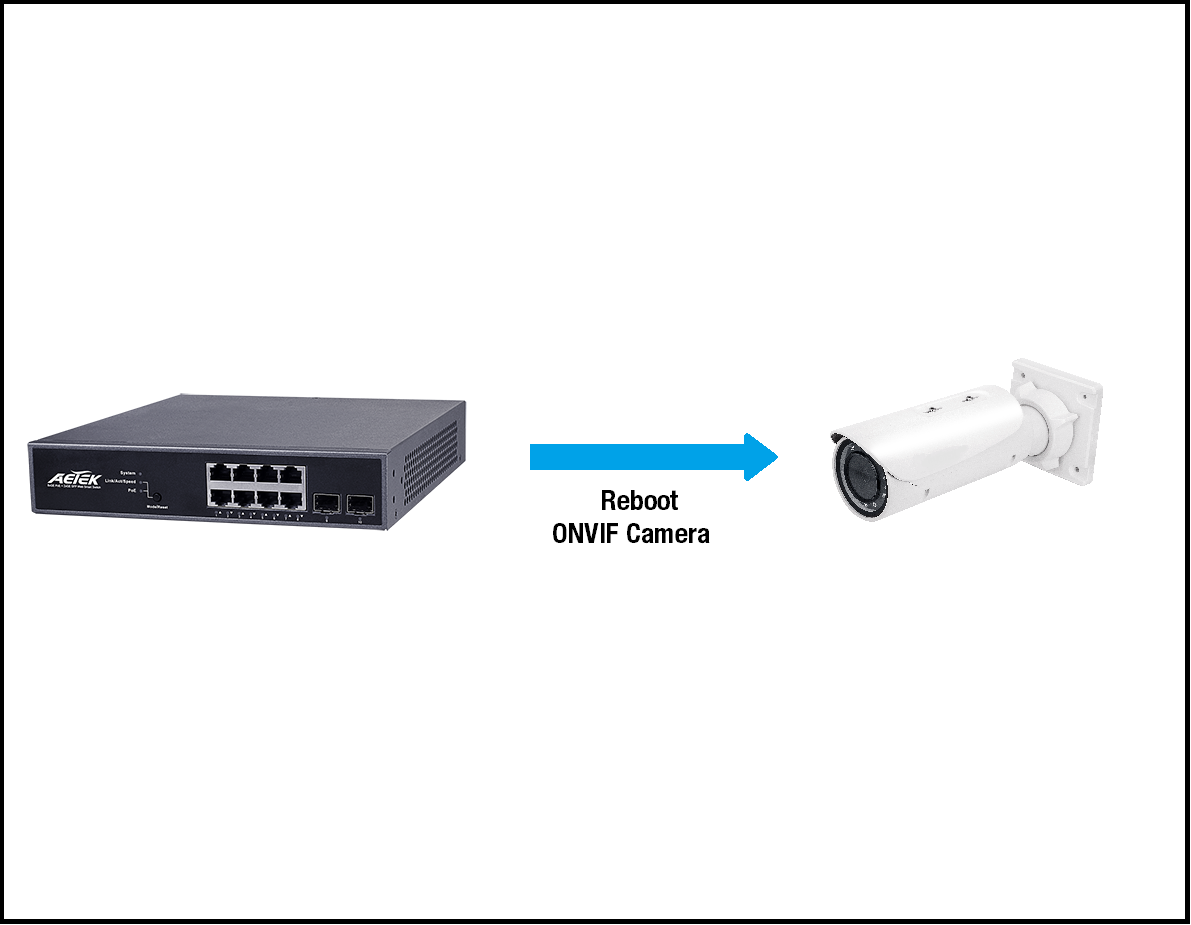C50-082-30-130 (Discontinued)
Smart 8-Port 30W PoE + 2-Port SFP GbE Switch
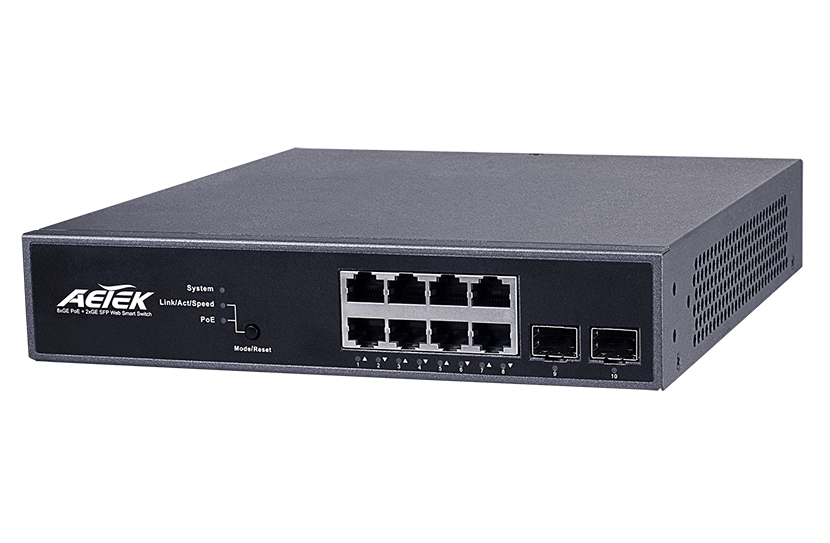








Overview
C50-082-30-130, a basic Layer 2 Smart PoE Switch, is equipped with 8-port Gigabit PoE (10M/100M/1G) and 2-port Gigabit (100M/1G) SFP transceiver slots for flexible link. With total power budget up to 130W, C50-082-30-130 is an optimum framework and solution for PoE IP device such as IP cameras and wireless APs complying ONVIF, UPnP or ARP protocol.
AETEK’s C50 series to ONVIF cameras will not only be a smart L2 PoEGigabit switch, but also be the centralized IP surveillance controller. The functions of IP surveillance controller incorporate multi-brand ONVIF IP surveillance products including camera, NVR, and video server to configure and manage over a single IP network. The unique benefits by dedicated TAB & GUI generate IP surveillance topology automatically once ONIF cameras are connected to C50 smart L2 PoE switch.
Installers can easily catch comprehensive individual ONVIF camera information including camera list, IP/MAC address, topology, power consumption, and traffic monitoring viaweb browser. Furthermore, an intuitive web GUI leads installer to group VLAN across switches, reboot camera, and diagnose cable via graphictopology. C50 series is the innovative SmartL2 PoE switch that brings the ONVIF cameras to benefit of simplified management, reduced complexity, lowered cost for IP surveillance deployments.
